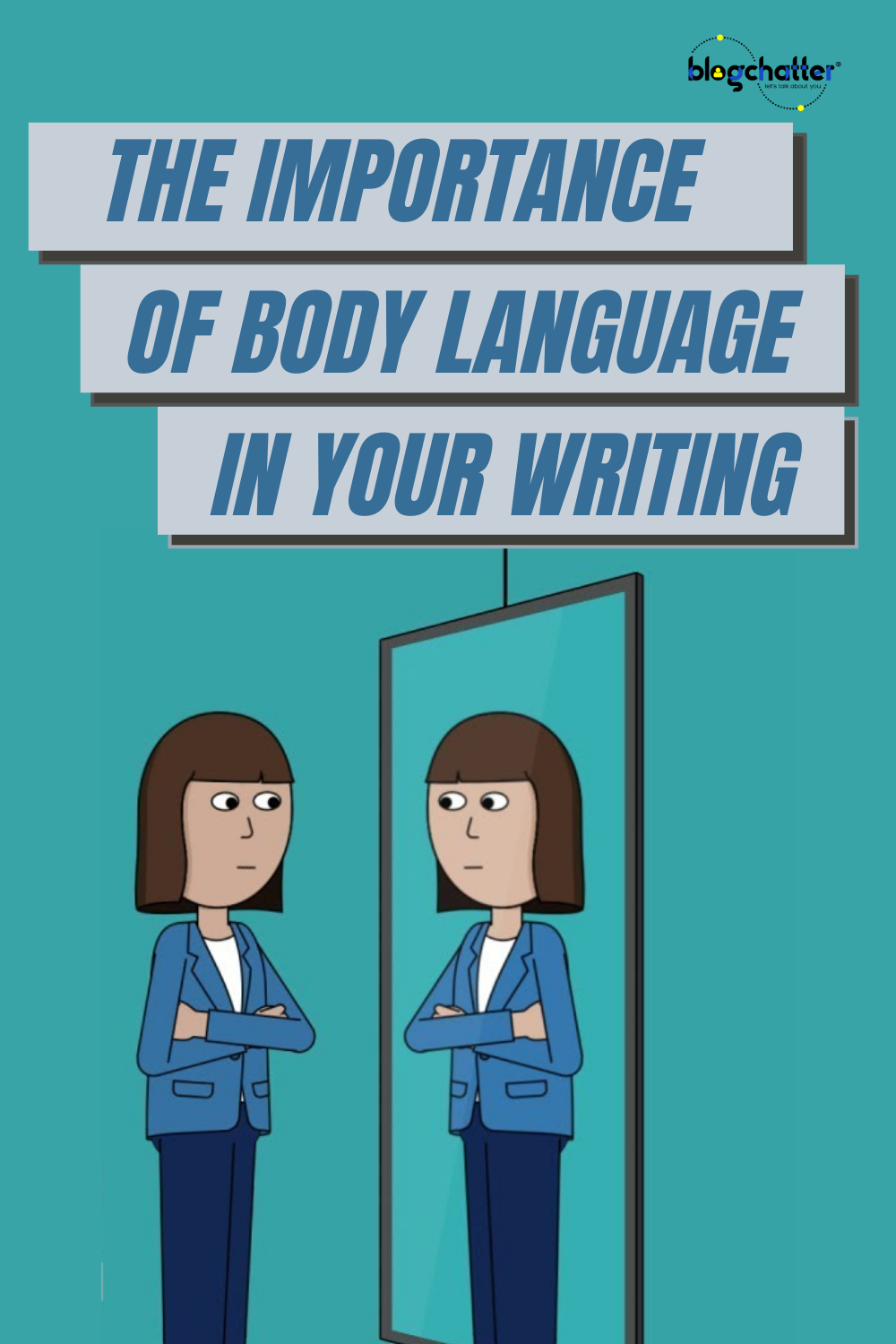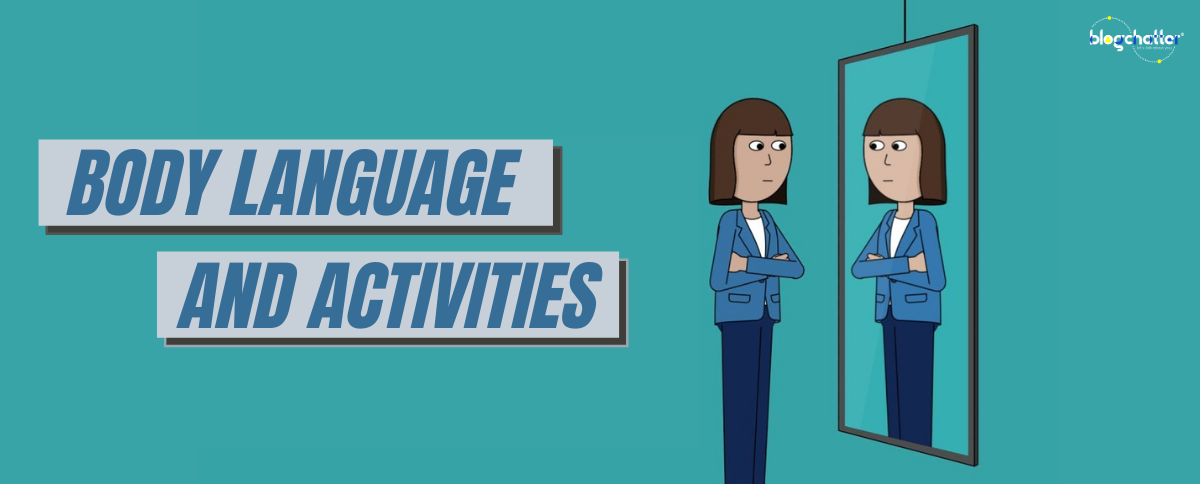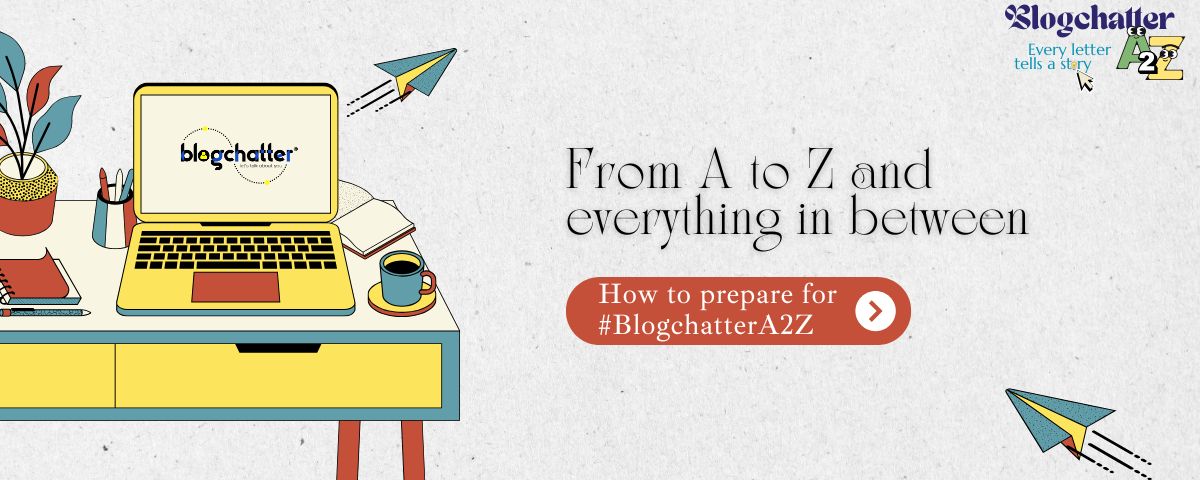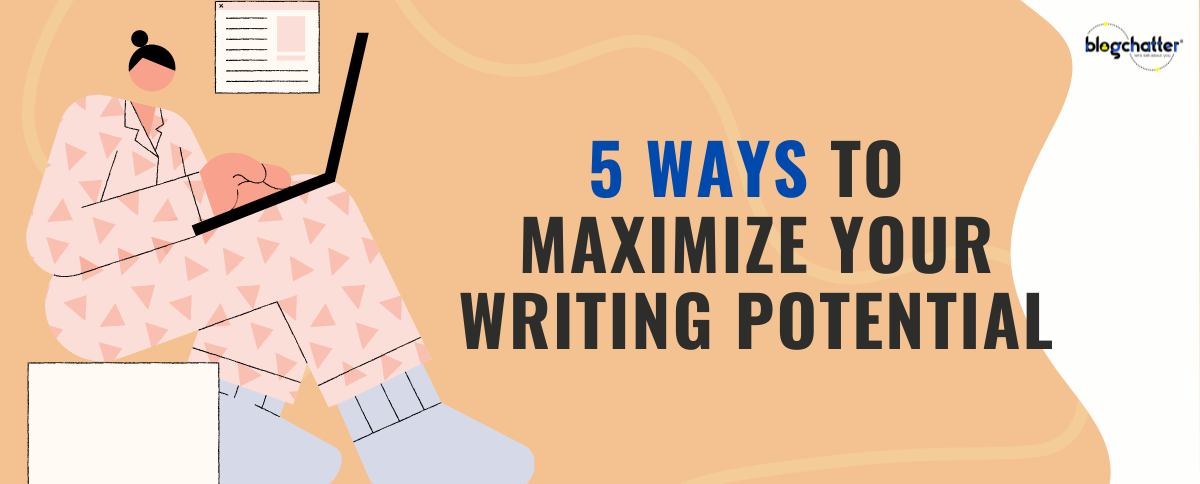'What brings you out so late?'
'Oh. Right.'
'I forgot to pay you for my drink earlier.'
'You came out in the middle of the night to close a bar tab?'
'Well, I thought you were mad at me earlier.'
'You thought I was mad?'
'Yeah. And I couldn’t stand making you mad because—'
'Because?'
'Well. Because I think you might be the nicest person I’ve ever met.'
It’s an interesting conversation but don’t you think it’s a bit dull? Like... something is missing?
Well, these dialogues are from 'Crushing It' by Lorelei Parker, a very entertaining book I read last year. And of course, I have removed certain things from these dialogues, that’s the reason it sounds a bit dull.
So what are those certain things? Body language and activities.
When we talk to each other, we don't just speak. There are activities and body language involved. And we need to keep this in mind while writing the dialogues. Dialogues are supposed to carry the story forward, and the body language/activities makes this journey smoother.
It helps you create imagery.
Now, imagery is something that makes a story beautiful and alive. Like adding human/animal figures to a landscape painting makes the painting livelier. So when you include activities while you're making two characters converse, the reader gets a glimpse of their surrounding or appearance, and it makes the read more vivid.
Have a look:
He stares at her blankly.
'Don't recognize me? Should I leave?' she says, adjusting her bucket bag.
He runs his finger through his longish curly hair and steps aside.
'Are you unwell?' she asks, closing the door.
'Fever,' he says, his voice hoarse.
‘Why didn’t you tell me?’ Her palm, involuntarily, reaches for his forehead. He closes his eyes, making her conscious of their closeness. She removes her hand.
'I’m okay,’ he says, as they walk towards the posh, airy living room.
Now, notice the activities. You know that they are standing near a door. That the boy has longish, curly hair. The girl is carrying a bucket bag. You can envision the effect of the touch; that maybe they are on the verge of becoming more than just friends. The living room is posh (so the guy is rich).
So, it tells you so many things without even telling it, and it makes the read more interesting.
Tells a lot about your characters.
On a lazy, early morning, I heard someone speaking loudly, shouting actually.
'Looks like someone is fighting in our society,' I thought, annoyed as it disturbed my precious slumber (also because noise drives me crazy). Then I realized that the woman, who is actually good-natured, was not really fighting. That’s the way she speaks.
On the other hand, one of my relatives speaks so slowly, his voice like a whisper, that one needs to concentrate hard to comprehend what he is saying. And there's someone who can't keep her hands still while speaking. And once I saw a video where a lady talked so pleasantly but she couldn't stop itching here and there. And I’m sure you know someone who claps (or even hits the person sitting nearby) when laughing.
My point is: Just like these real life people, the characters we create have their own uniqueness. Their habit, their temperament. These things define a character and make them real and interesting.
It reveals emotions
'Okay, I'm sorry, I should have told you earlier but…'
'Leave it!' She didn't let him finish and stomped off.
So, she didn't say much but she 'stomped off' and it says a lot.

Things that can help you understand body language better
Observation. Observation is one of the most important ingredients/tools of storytelling.
And not just watch them for entertainment. Pay attention. Watching movies helps you to be a better writer, I believe. The actors need to do something to keep the movie going. Even if they aren't doing anything, their faces are doing their job. Whether they're frowning or looking confused. The way they're speaking. What they're doing while they're speaking. Their expressions.
Notice everything.
- Observe people when they're talking
Not necessarily to you: No, I'm not asking you to stare but if you’re a writer, you should know how to look without staring. And notice the reactions. How their facial expression changes. Our reactions tell a lot about our mood or the situation, even though we are not saying anything.
- Visualize
When you’re writing a scene, or a dialogue, try to create it like a movie in your head. Stand up, move around, ask someone to help you so you can judge how you would react in a situation. Try to put that down on paper.
Activities, expression and body language say a lot. It makes your writing authentic. Also, they save unnecessary description and give your prose a moving quality. It actually helps you follow a significant rule of writing: 'Show, don't tell.'







Comments
This is such a wonderful post! I love how you have written it.
True. Body language is so important.lovely post
This is so useful. ??
Muskan Gupta Glad you found it useful. Thank you for reading. :)
Thus read is so useful. Thnx for sharing
Jayshree Bhagat Thank you for reading. Glad you like it. :)
Super helpful
urvashi nenawati Glad you found it useful. Thanks for reading. :)